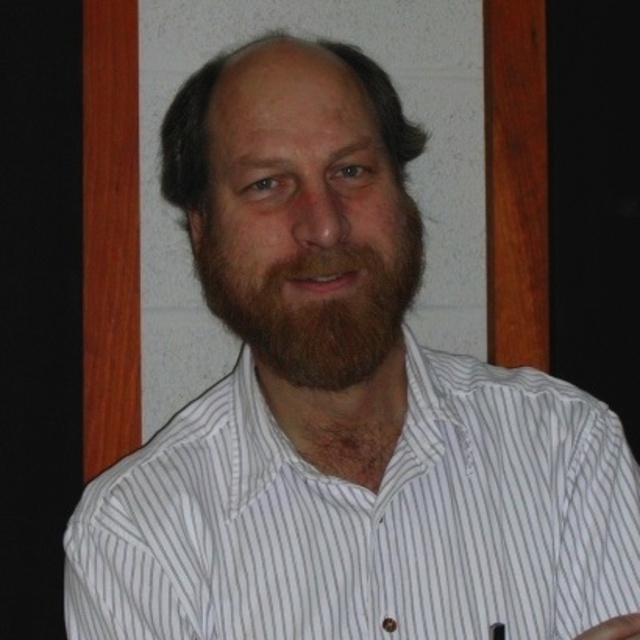November
1997
•
1997AJ....114.1771F
Authors
•
Faber, S. M.
•
Tremaine, Scott
•
Ajhar, Edward A.
•
Byun, Yong-Ik
•
Dressler, Alan
•
Gebhardt, Karl
•
Grillmair, Carl
•
Kormendy, John
•
Lauer, Tod R.
•
Richstone, Douglas
Abstract
•
We analyze Hubble Space Telescope surface-brightness profiles of 61 elliptical galaxies and spiral bulges (hereafter "hot" galaxies). The profiles are parameterized by break radius rβand break surface brightness 1β These are combined with central velocity dispersions, total luminosities, rotation velocities, and isophote shapes to explore correlations among central and global properties. Luminous hot galaxies (Mv<-22) have cuspy cores with steep outer power-law profiles that break at r≈rβ to shallow inner profiles I∝r-γ with γ≤0.3. Break radii and core luminosities for these objects are approximately proportional to effective radii and total luminosities. Scaling relations are presented for several core parameters as a function of total luminosity. Cores follow a fundamental plane that parallels the global fundamental plane for hot galaxies but is 30% thicker. Some of this extra thickness may be due to the effect of massive black holes (BHs) on central velocity dispersions. Faint hot galaxies (Mv>-20.5) show steep, largely featureless power-law profiles that lack cores. Measured values of rb and b for these galaxies are limits only. At a limiting radius of 10 pc, the centers of power-law galaxies are up to 1000 times denser in mass and luminosity than the cores of large galaxies. At intermediate magnitudes (-22<Mv<-20.5), core and power-law galaxies coexist, and there is a range in rβ at a given luminosity of at least two orders of magnitude. Here, central properties correlate strongly with global rotation and shape: core galaxies tend to be boxy and slowly rotating, whereas power-law galaxies tend to be disky and rapidly rotating. A search for inner disks was conducted to test a claim in the literature, based on a smaller sample, that power laws originate from edge-on stellar disks. We find only limited evidence for such disks and believe that the difference between core and power-law profiles reflects a real difference in the spatial distribution of the luminous spheroidal component of the galaxy. The dense power-law centers of disky, rotating galaxies are consistent with their formation in gas-rich mergers. The parallel proposition, that cores are the by-products of gas-free stellar mergers, is less compelling for at least two reasons: (1) dissipationless hierarchical clustering does not appear to produce core profiles like those seen; (2) core galaxies accrete small, dense, gas-free galaxies at a rate sufficient to fill in their low-density cores if the satellites survived and sank to the center (whether the satellites survive is still an open question). An alternative model for core formation involves the orbital decay of massive BHs that are accreted in mergers: the decaying BHs may heat and eject stars from the center, eroding a power law if any exists and scouring out a core. An average BH mass per spheroid of 0.002 times the stellar mass yields cores in fair agreement with observed cores and is consistent with the energetics of AGNs and the kinematic detection of BHs in nearby galaxies. An unresolved issue is why power-law galaxies also do not have cores if this process operates in all hot galaxies.
Links




